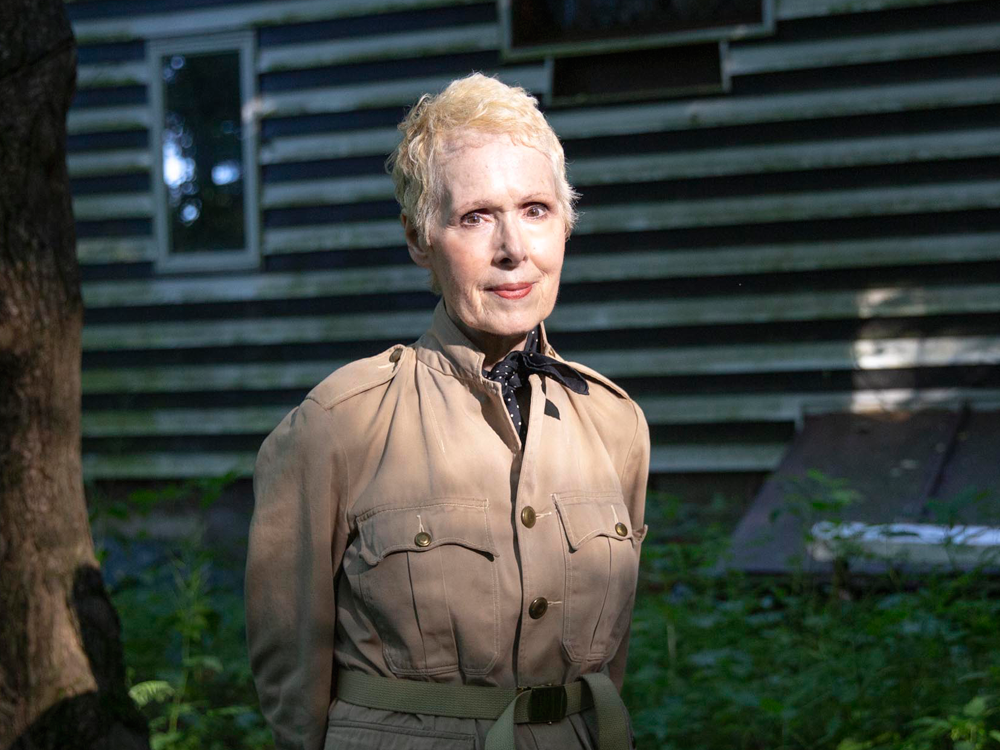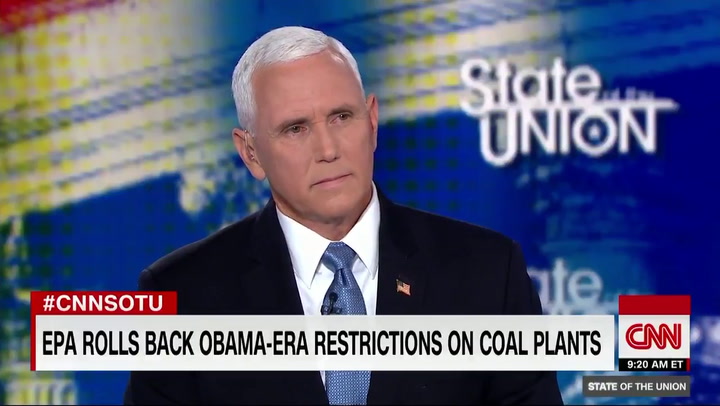Extreme To The Next Level
“Hurricane Dorian is taking extreme to the next level.
With sustained winds of 185 mph Sunday afternoon and evening,
the Category 5 storm has risen to the top of the charts among the
most powerful tropical systems ever observed in the Atlantic Ocean”.
The warm summer waters of places like the Atlantic Ocean and Gulf of Mexico are the ‘fuel’ that grow tropical cyclones like the devastating Hurricane Dorian into monster storms. And as global temperatures continue to rise due to mankind’s use of fossil fuel products such as gasoline and coal scientists predict that we will face more frequent and more powerful hurricanes than ever before. In fact, Hurricane Dorian might have just made that point for us with an exclamation point (!).
Earth’s temperatures have been rapidly rising ever since the Industrial Revolution in the late 1880’s when man’s ‘modern’ machines were first introduced, machines that are fueled by fossil fuel products like gas and coal and that send carbon dioxide into the atmosphere in volumes never before seen here on earth. Those carbon emissions have grown dramatically greater since the 1950’s and they are the key cause of earth’s rising temperatures and climate crisis. Consider this:
- Humans have been able to scientifically measure the earth’s temperature since 1880.
- 2014 was the hottest year on record in the history of these measurements.
- Until 2015, which broke the record.
- Until 2016, which broke the record.
- Then 2017 became the third warmest year,
- And 2018 became the fourth warmest year,
- And July, 2019 was the hottest month EVER.
And that brings us to this summer and Dorian. As one article explained the devastation, Dorian took “extreme to the next level”. Consider some of the records that the storm has set:
- As measured by wind speed and its low pressure Dorian is the strongest storm on record each of Florida in the Atlantic Ocean (ever).
- At 185 miles per hour, Dorian is tied with 1935’s un-named Labor Day storm as the strongest hurricane to ever make landfall.
- By pressure Dorian is the strongest storm to ever hit the Bahamas.
- By wind speed at 185 miles per hour Dorian is the strongest hurricane to hit the Bahamas.
- Dorian is the second strongest storm ever recorded over the Atlantic’s waters.
- Dorian is the fastest growing storm (in just nine hours Dorian’s winds grew from a 150 miles per hour to 185 mph).
Logic and common sense tell us that if we continue to pump carbon pollution into our oceans and atmosphere, temperatures will continue to rise.
And that same warmer and warmer water that’s also melting ice and causing sea levels to rise is what’s fueling the storms that threaten tens of millions of people and their property.
It’s time to consider that Dorian might be the new normal. It’s time to consider that sea level rise threatens the way of life for hundreds of millions of people and the places they live all over earth. It’s time to realize that we have now taken “extreme to the next level” and that we must act in serious and material ways to eliminate our carbon pollution before it’s too late.
For more pictures of the Bahamas before and after Dorian please click here, and to learn how to help the people of the Bahamas please click here.







